Latest posts by Terri Lyon (see all)
- The Meaning of Critical Thinking: A Key Skill for Navigating Today’s Information Landscape - November 3, 2025
- Grandparents Can Develop Activist Grandchildren - September 29, 2025
- Top Six Reasons Credit Union Benefits Are a Smart Choice Over Banks - August 18, 2025
Please follow and like me!
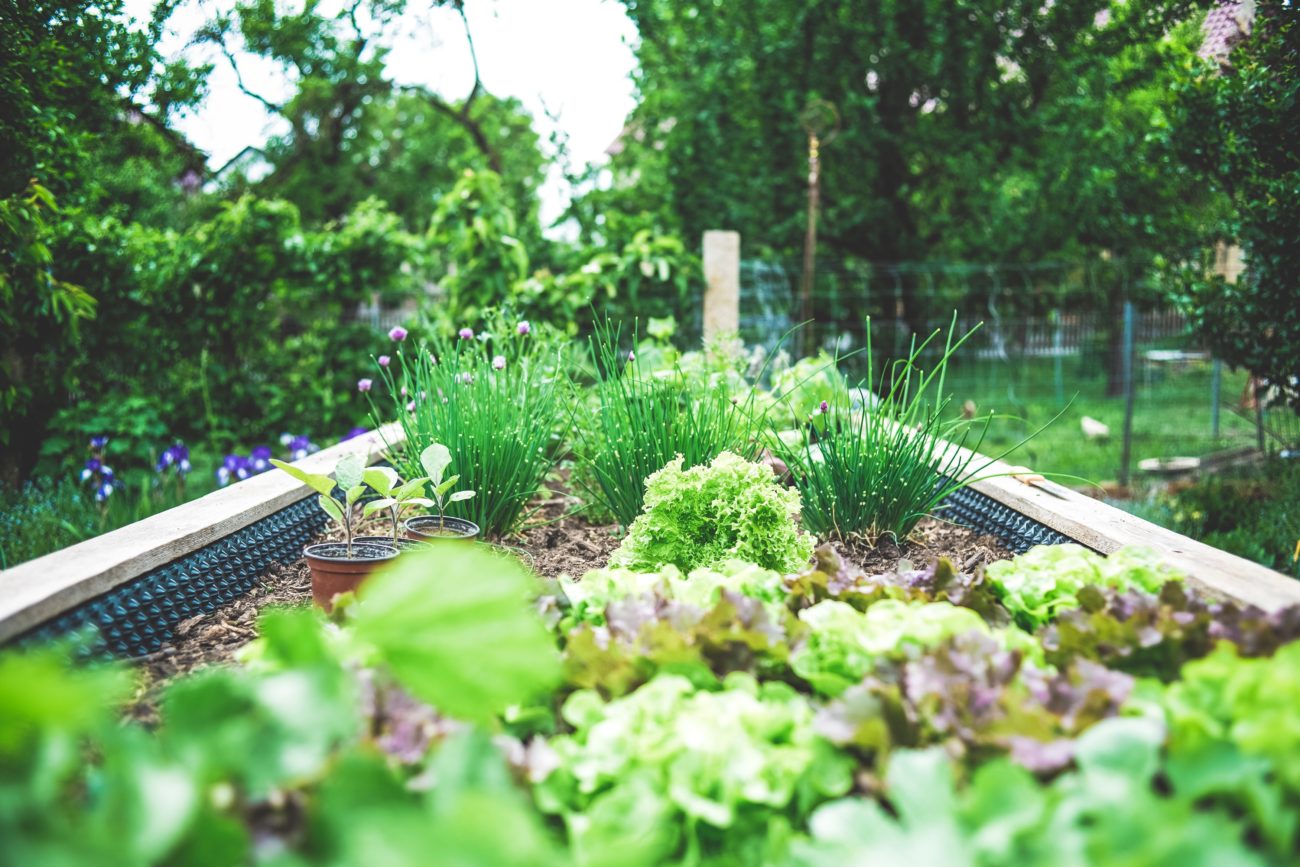
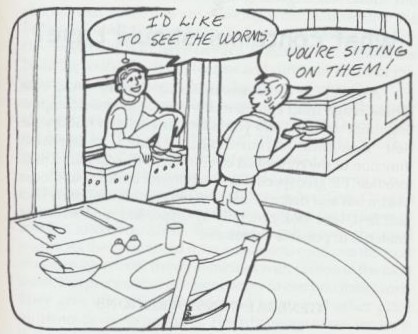
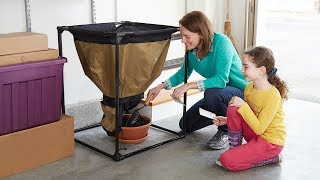
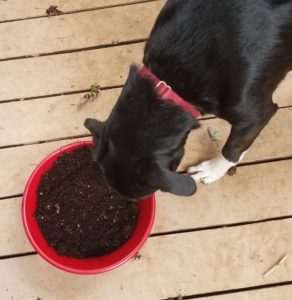


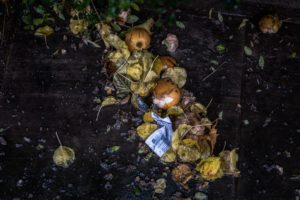
Pingback: How to Perform Lawn Care That Improves the Environment
Pingback: How to Save the World by Saving Seeds